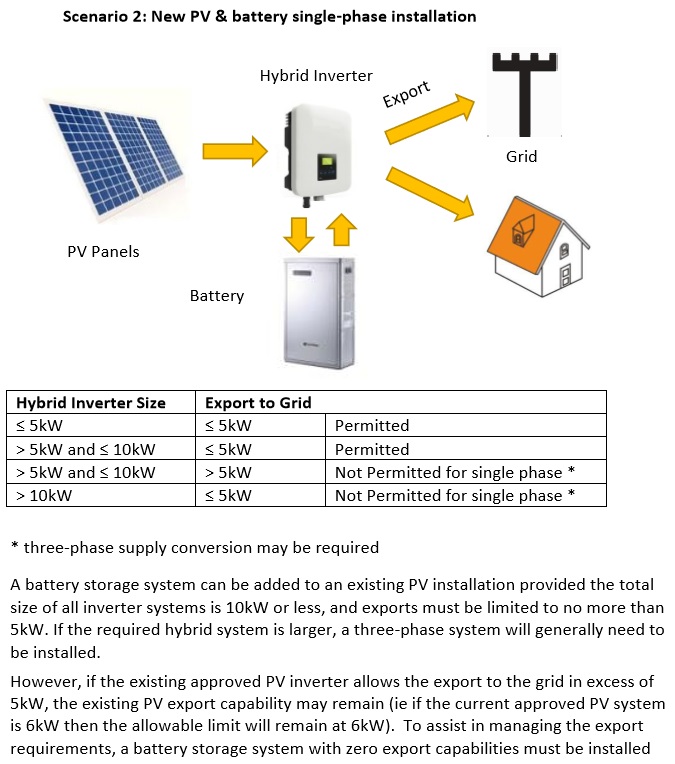Therefore it is very possible to generate enough energy to cover 100 of your needs.
Average solar panel output adelaide.
An array of this size can produce an average of 350 850 kwh of ac energy per month.
Solar panels usually produce between 250 and 400 watts of power.
60 cell solar panels are typically 5 4 feet tall by about 3 25 feet wide and have a power output in standard test conditions of between 270 watts to 300 watts depending on the exact efficiency of the cells in them.
A common size solar panel array is usually around 5kw and takes up around 400 square feet of space.
Ideally solar panelsinstalled in adelaide should face a northerly direction.
It is estimated that 1 kw of solar panels can generate 1528kwh of electricity or an average of 4 15kwh of electricity daily using the lg solar calculator.
You can freely compare solar quotes on the energysage marketplace to see how different wattage panels will affect your unique system.
Adelaide receives up to 7 hours of sunshine on an average daily except for 2 to 3 months in winter when the average sunshine hours fall down to 5 hours per day.
A common panel layout is to have some panels facing north and the others west to spread the output of solar power across the day making it easier to use more of the solar power as it is generated.
Adelaide s solar energy resources on average adelaide receives solar irradiation levels of around 4 47 kilowatt hours per square metre daily.
See our adelaide solar case study for one adelaide family s thoughts on their solar investment.
In terms of power output it is best to separate solar panels into two categories.
The output of a solar pv system depends on its size.
The table below shows the average daily production of some common grid connected systems throughout australia.
A typical australian house consumes around 18 kilowatt hours kwh per day so a 1 2kw system displaces an average of 25 40 of your average electricity bill.
60 cell solar panels and 72 cell solar panels.
However occasionally if the temperature of the panels rises due to a greater intensity of sunlight hitting them this can create a condition where a greater amount of current can be generated.
Also the power output of solar panels typically decreases by between 0 4 and 0 5 for every degree centigrade rise in temperature above 25 c so cool bright days are the best.
Having panels west is also advantageous if you are on time of use billing where households typically pay around 50c per kwh between 2 pm and 8 pm.
Acceptable panel angle range is 19 to 29 and the optimal angle is 24.
Roof mounted panels parallel to the roof can be expected to be 35 c above the ambient temperature so on a 40 c day in adelaide the panel temperature could be 75.
A solar panel system rated at 2kilowatts will on average produce 2kilowatts of power hour.
To put that into perspective a typical household uses about 897 kwh per month.

